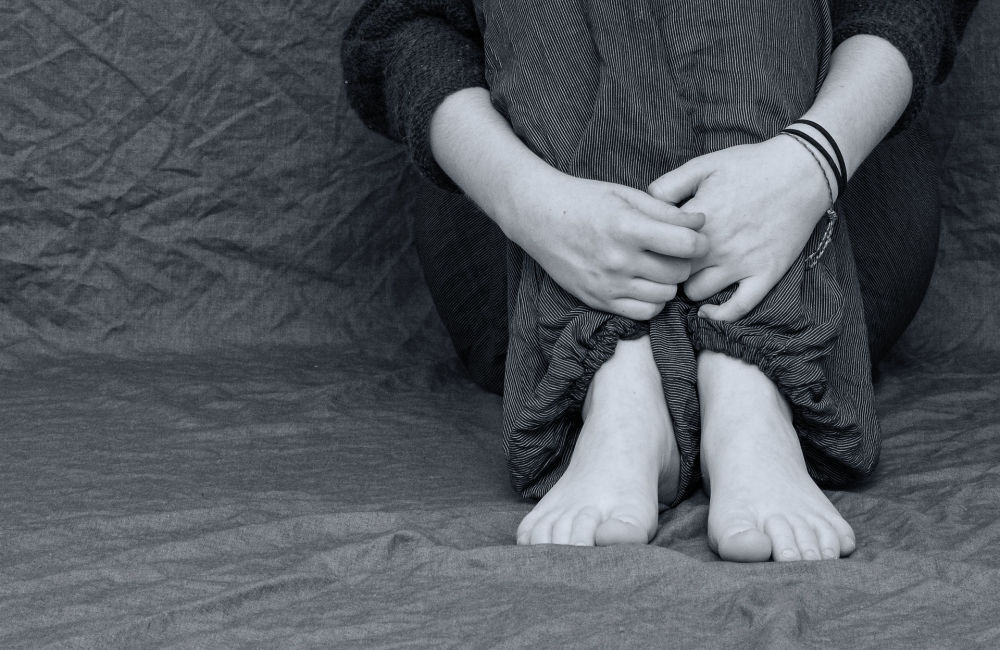How Sexual Abuse Is Treated with a Mental Health Counselor
Mental health counselors provide a safe, compassionate, and trauma-informed space to help survivors heal, process what happened, and rebuild their sense of trust, identity, and control.
1. Trauma-Informed Counseling
- Creates an environment where the survivor feels emotionally and physically safe.
- Respects the survivor's autonomy, avoids re-traumatization, and builds trust over time.
- Paces therapy according to the client’s needs and readiness.
2. Psychoeducation
- Teaches clients about trauma responses (e.g., fight, flight, freeze, fawn) and the impact of sexual abuse on the brain, body, and emotions.
- Helps reduce shame, guilt, and self-blame by reframing trauma as a normal response to an abnormal event.
3. Cognitive Behavioral Therapy (CBT)
- Helps survivors identify and challenge harmful beliefs (e.g., “It was my fault,” “I’m broken”).
- Replaces these beliefs with empowering and self-compassionate thoughts.
- Addresses symptoms like anxiety, depression, and flashbacks.
4. EMDR (Eye Movement Desensitization and Reprocessing)
- Helps process and release traumatic memories without having to relive them in detail.
- Uses bilateral stimulation to reduce the emotional intensity of the memories.
- Especially effective for trauma, PTSD, and dissociation.
5. Somatic and Body-Based Therapies
- Addresses the ways trauma is stored in the body.
- Helps clients reconnect with and feel safe in their bodies through grounding, breathing, and gentle movement.
- Techniques include somatic experiencing, body scans, and sensorimotor psychotherapy.
6. Inner Child Work and Parts Work (e.g., IFS)
- Explores and heals wounded parts of the self, especially in cases of childhood sexual abuse.
- Builds compassion and a sense of inner safety.
7. Boundaries and Relationship Skills
- Helps survivors relearn healthy boundaries and build safe relationships.
- Focuses on assertiveness, trust, and understanding consent.
8. Support Groups or Group Therapy
- Provides a space to share experiences with other survivors.
- Reduces feelings of isolation, shame, and secrecy.
- Builds empowerment and community.
Goals of Counseling for Sexual Abuse Survivors
Help survivors process trauma and emotions
- Rebuild safety, identity, and empowerment
- Reduce symptoms like anxiety, depression, and PTSD
- Support healthy boundaries and self-worth
- Foster resilience, healing, and post-traumatic growth
